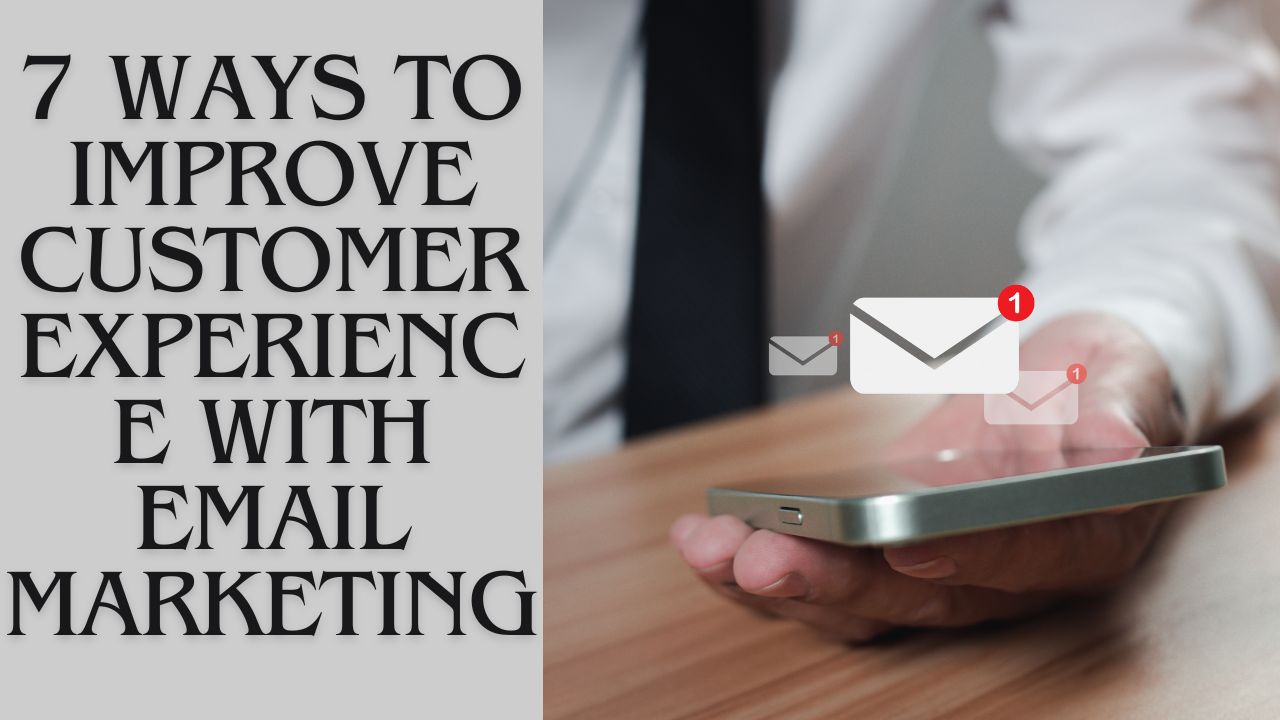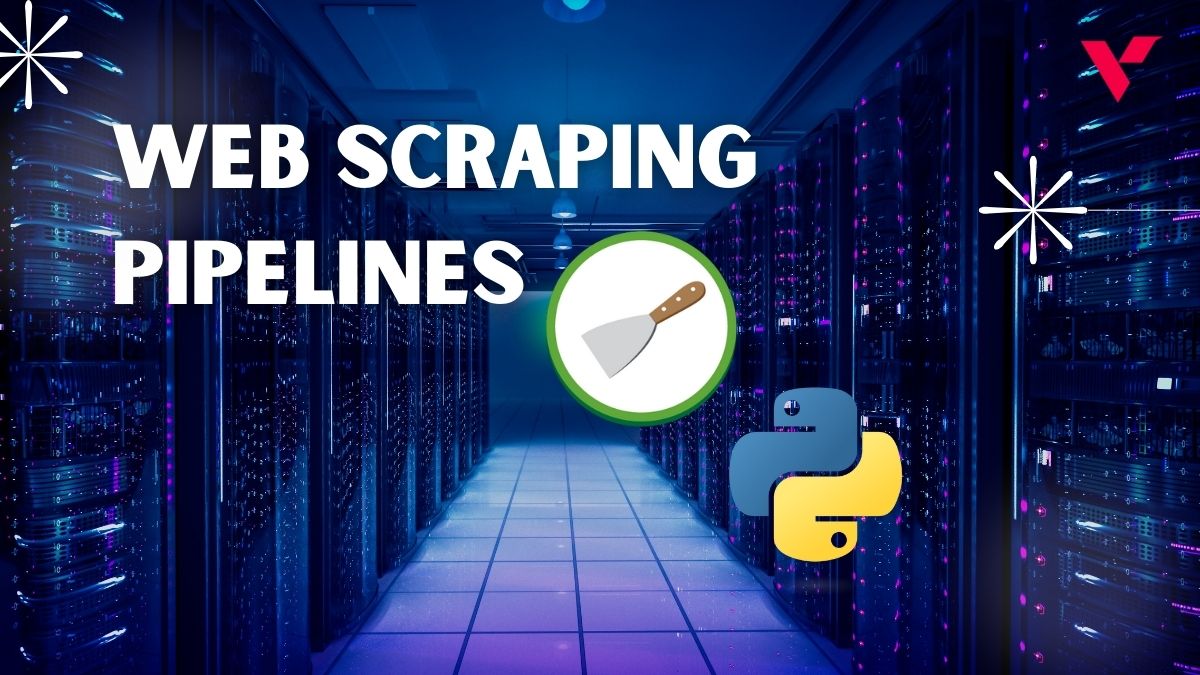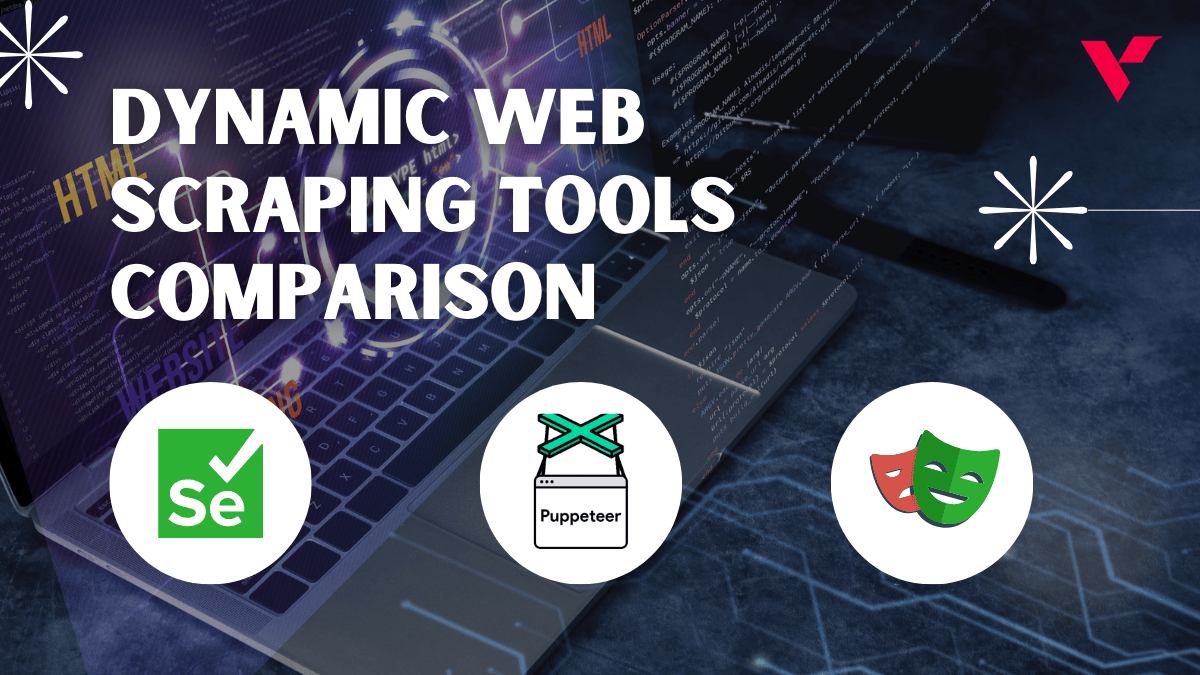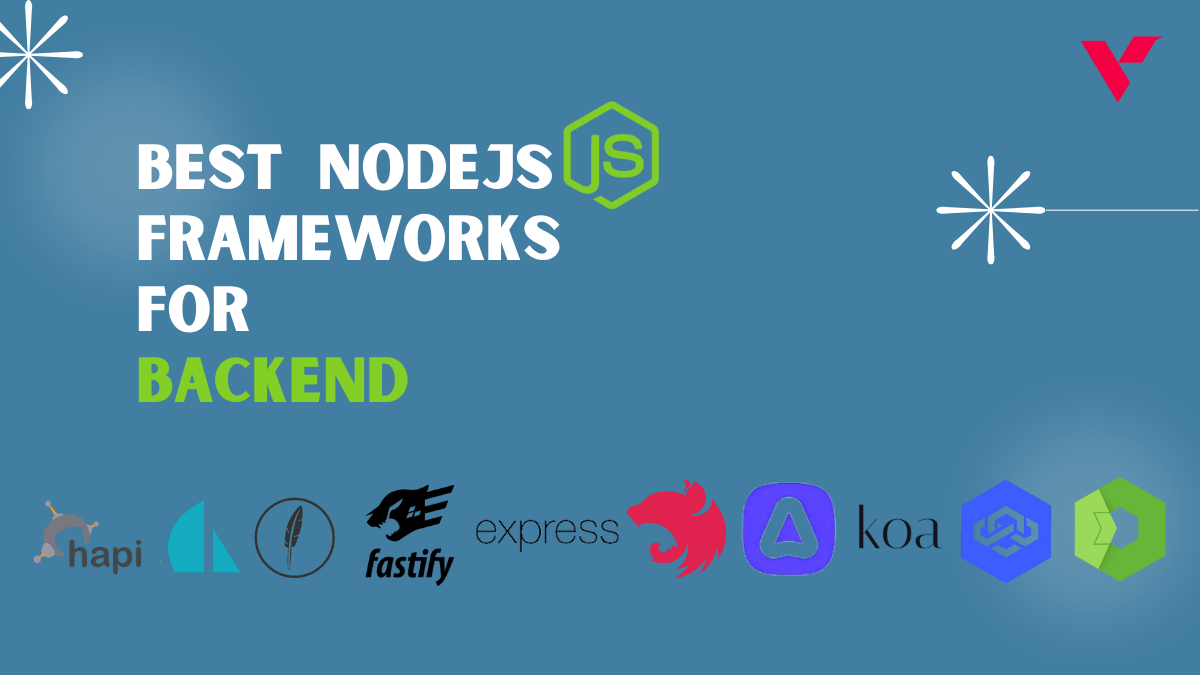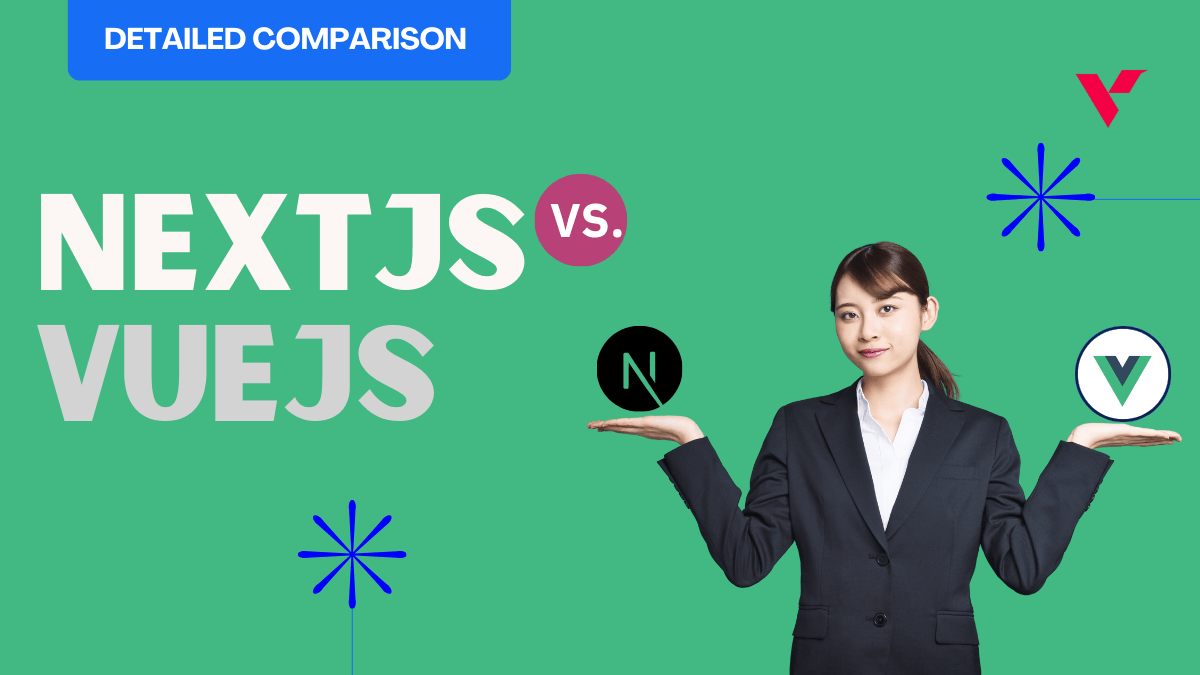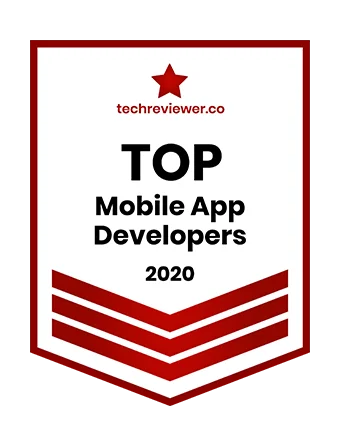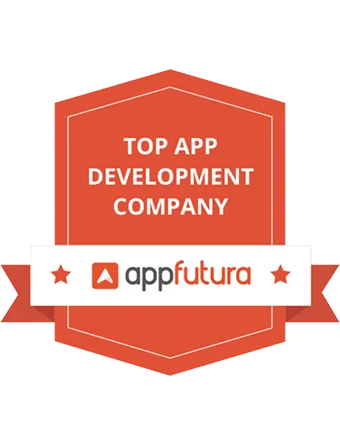Popular Tools by VOCSO
As an email marketer, it is quite easy to lose the very essence of emails- customer experience due to the overwhelming quantum of marketing campaigns and transactional emails. Emails can earn you a handsome ROI (3600% to 4200%) and there’s no dearth of articles outlining tips to achieve the same but few discuss the role of customer experience. Yes, we will not be discussing how to choose Mailchimp newsletter templates or using AI tools to write subject lines- we will focus on reading between the lines. As a seasoned email marketer who’s been continuously learning, experimenting, and adapting to evolving trends, I will share the top 7 ways to improve customer experience with email marketing minus fluff.
Let’s begin:
Table of Contents
Tip #1: Create a Choose-Your-Own-Adventure Onboarding Series
Instead of developing a single onboarding email series, go for a nested workflow that helps new subscribers choose their adventure. This way, you can adapt to their email preferences and content preferences right from the beginning without asking for too much information in the beginning.
Start by asking about their interests, goals, or challenges, then tailor subsequent emails to provide relevant content, product recommendations, or resources that align with their needs. Throughout the series, focus on helping subscribers reach their “aha” moment—the point where they realize the true value of your product or service.
This is especially useful to marketers who keep their opt-in forms shorter but want to drive subscriber-led personalization down the line.
Tip #2: Implement Progressive Profiling for Refined Personalization
As a natural extension of the above tip, I recommend implementing progressive profiling. Most email marketers rely on their CRMs to profile and map subscribers into different categories but if you can spare an extra couple of hours every week, identify and update key data points like job title changes, organization headcount, industry outlook, and transactional email metrics for your key subscribers.
This will help you identify their requirements be it the type of emails they will appreciate shortly as well as the offers they would find relevant.
As you gather more data, you can use it to fuel increasingly sophisticated personalization techniques. One such method is segmenting your email list based on common characteristics, creating dynamic content blocks. Or, you can also go for triggering automated email sequences based on specific behaviors or milestones.
Tip #3: Boost Engagement With Interactive Email Elements
We are in 2024 and interactive email elements continue to be rare. If you aren’t using them already, start by incorporating polls, rating scales, chatbots, or even in-email games. These elements help your email look and feel different in overcrowded mailboxes while also giving you a chance to understand your audience better.
You can use quizzes or polls to gather zero-party data—information that subscribers voluntarily share about themselves—to design and inform future email campaigns, product development, or personalization efforts. Also, I find that interactive elements can serve as effective lead generation and qualification tools.
However, I would recommend double-checking for the mobile-friendliness of these elements as well as their compatibility with email clients to ensure a seamless user experience across devices and platforms.
Tip #4: Hyper-Personalize with Dynamic Content Blocks
Hyper-personalization is another area where you can use dynamic content blocks to your advantage as they enable you to change your email contents based on your subscribers’ data profile or past behavior.
For instance, you can use dynamic content blocks to showcase personalized product recommendations based on browsing or purchase history. While this will improve customer experience due to granular control over personalization, it must be noted that your data collection and utilization game needs to be spot on, or else it may cause blunders.
Also, you need talented HTML email developers to ensure that the templates support such real-time customizations coherently and the dynamic content populated doesn’t disclose anything that isn’t intended.
Tip #5: Segment Based on Customer Lifetime Value (CLV)
Now that we have discussed personalization, let us now shift towards segmentation with respect to customer lifetime value (CLV.) While other data used for segmentation is definitely important, you must keep CLV at the center of such considerations. Start by identifying high-value customers—those with a higher CLV—and prioritize retention efforts, allocating more resources towards nurturing and delighting them.
You can offer them exclusive perks, personalized recommendations, or early access to new products or services to encourage continued loyalty and advocacy. On the other hand, you can focus on regular reactivation campaigns or incentives designed to reignite their interest and encourage more frequent interactions for lower-value or less-engaged customers.
By segmenting based on CLV and engagement levels, you can allocate your email marketing resources effectively. This helps maximize the return on investment for each subscriber group and this is nothing but Parreto’s principle in action.
Tip #6: Offer Comprehensive Email Preference Centers
It is mandated by law to add an opt-out option in email footer but that doesn’t mean marketers must comply with it by doing the bare minimum. By all means, invest in a comprehensive email preference center because you could be doing everything right but showing up at the wrong time or too often to be considered useful. Alternatively, you might be mailing them too less to be recalled and ending up getting discarded as an inactive marketer.
Hence, you must enable subscribers to tailor their email experience to their specific needs and interests, including options to adjust email frequency and select specific content topics or categories using an email preference center. It’d also help them choose their preferred delivery channels. This will make them feel heard and in control as you’d be respecting their time and attention while also ensuring that the content they receive is both relevant and truly valuable to them.
Make sure your email preference center is easy to use and helps users intuitively understand each option and update selections to their preferences.
Tip #7: Analyze Email Engagement Alongside Other Customer Metrics
At times, email metrics don’t reveal everything on the face value so you must analyze them alongside the engagement rate to see the complete picture. This is because studying engagement rates may help you discover the patterns, trends, and opportunities for improvement that may not be apparent when looking at email data in isolation.
You can start the process by identifying metrics relevant to your business like customer satisfaction scores (CSAT), net promoter scores (NPS), purchase frequency, average order value, and customer service interactions. Now, integrate it with your email engagement metrics, such as open rates, click-through rates, and conversion rates. You may use AI tools like ChatGPT to do so and look for correlations between email engagement and other aspects of the customer experience like email engagement rates correlating with more frequent purchases.
Summing Up
Did you notice that all seven tips shared above have one thing in common- they are basics of email marketing but very few marketers properly implement them. Once you do so, start providing your customer-facing teams with real-time data from your email efforts to help them get a perspective of how your audience interacts with your offers and content. Remember, your email metrics are also a part of customer feedback that will help you identify patterns, trends, or recurring issues that need to be addressed. Start putting these tips into action today and see your email marketing efforts go from good to great.


